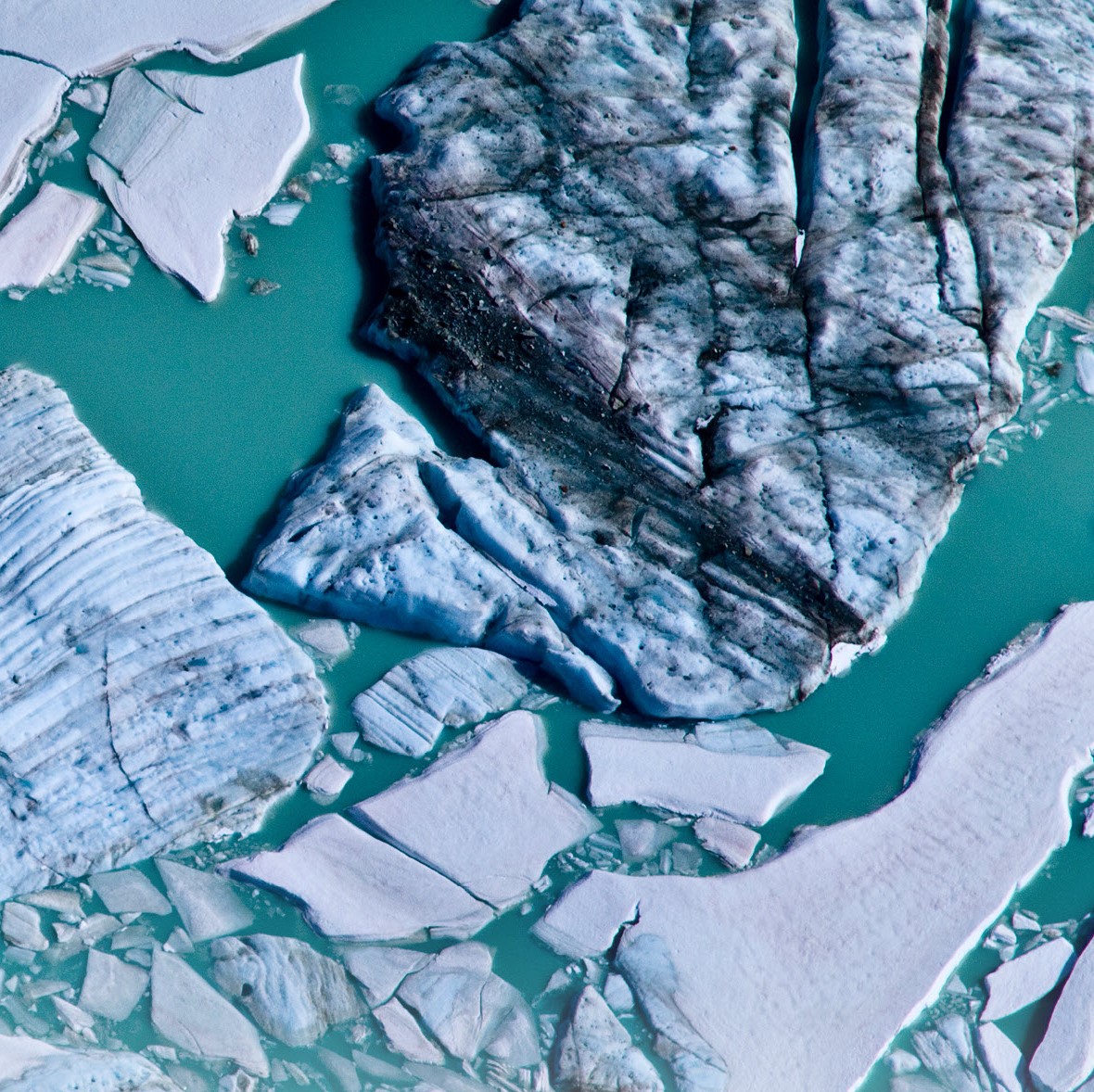Robert Wood will receive the 2017 Atmospheric Sciences Ascent Award at the 2017 American Geophysical Union Fall Meeting, to be held 11–15 December in New Orleans, La. The award recognizes research contributions by “exceptional mid-career (academic, government, and private sector) scientists in the fields of atmospheric and climate sciences.”
CITATION FOR ROBERT WOOD
“For his seminal contributions to our understanding of physical processes controlling marine boundary layer clouds and their interactions in the Earth’s climate system”
Rob Wood is a world recognized leader in the investigation of stratocumulus clouds, their interactions with aerosols, and their role in climate system. He first formulated the relationship between temperatures at 700 hPa and the surface (the “estimated inversion strength”) and cloud fraction, which is able to largely explain the regional and seasonal variations in stratus cloud amount. He found that cloud fraction is strongly linked with the LWP spatial variability at horizontal scales of 10–50 km, indicating the importance of organized mesoscale cellular convection (MCC) to understand and predict low cloud coverage and variability in the subtropics. He has linked the properties of MCC with precipitation, and with large-scale meteorological drivers, and connected the macrostructure of MCC with microphysical processes that under some circumstances can result in the catastrophic loss of aerosol particles, leading to transformations in MCC. He has also developed new and novel methods for the use of satellite data to understand mixing in clouds and enhance our understanding of the role of precipitation in the marine boundary layer. He has led, or has played leadership roles in a number of field experiments (VOCALS, CSET, and ORACLES, and the Eastern North Atlantic Measurement site on Graciosa Island in the Azores), that have led to immense advancements in our understanding of marine boundary-layer cloud systems, which play a critical role in the cloud feedback to climate change.
There is little doubt that Rob will continue to advance atmospheric sciences, particularly that involving clouds and is richly deserving of this award. On behalf of the AGU Atmospheric Sciences section, I am pleased to present a 2017 Ascent Award to Robert Wood.
—Joyce E. Penner, President, Atmospheric Sciences Section, AGU
I am honored to receive the AGU Ascent Award in recognition of my work on marine boundary layer clouds. I am extremely grateful to the scientists who selflessly gave their time and energy to support my nomination.
There are many people who have given me opportunities, insights and guidance throughout my career. I am indebted to my Ph.D. adviser Peter Jonas for giving me my first experience in airborne atmospheric research at the University of Manchester in the UK. This gave me the bug for airborne research that has been a strong component of my research throughout my career. Doug Johnson at the Met Office helped me get started in airborne cloud physics research and introduced me to large international field experiments. It was at the Met Office that I met Paul Field who has been a long-time collaborator on various projects related to clouds. His drive and outside-the-box thinking has led to some very enjoyable projects. Dennis Hartmann and Chris Bretherton at the University of Washington provided a raft of opportunities to explore cloud processes by incorporating satellite data, observing the eastern Tropical oceans, and introducing me to cloud-scale and simple theoretical modeling. I am extremely grateful to all my colleagues at the University of Washington for their insight, intellect, and enthusiasm, all with a wonderful spirit of collegiality. I am indebted to my research group members past and present, who have allowed me to pursue new ideas and directions.
Finally, I would like to thank my parents for their unwavering support, and especially my wife, Socorro, for giving me the freedom to pursue a career that involves considerable time away from home.
—Robert Wood, Department of Atmospheric Sciences, University of Washington, Seattle







